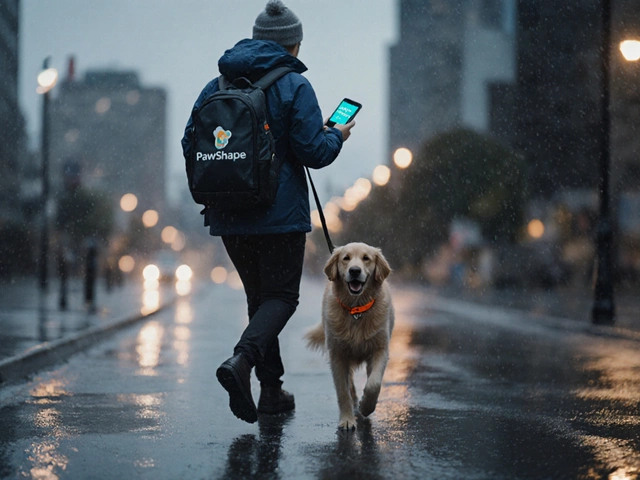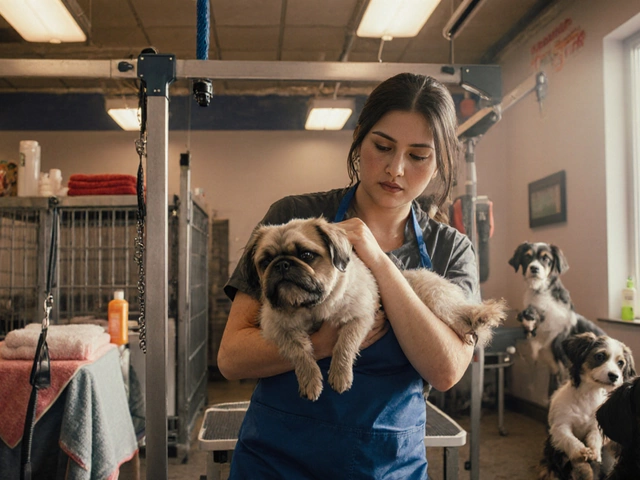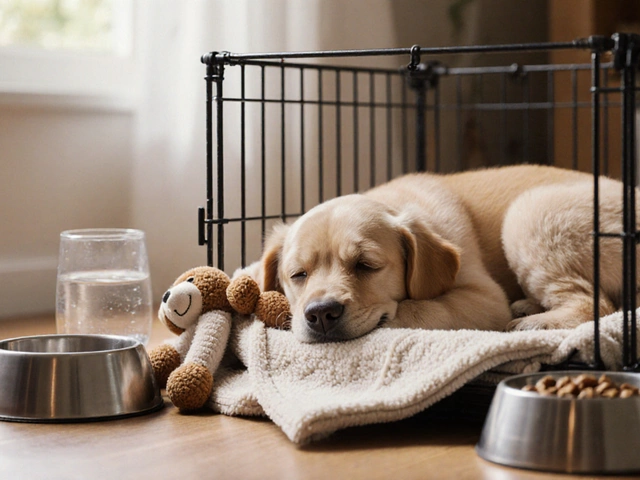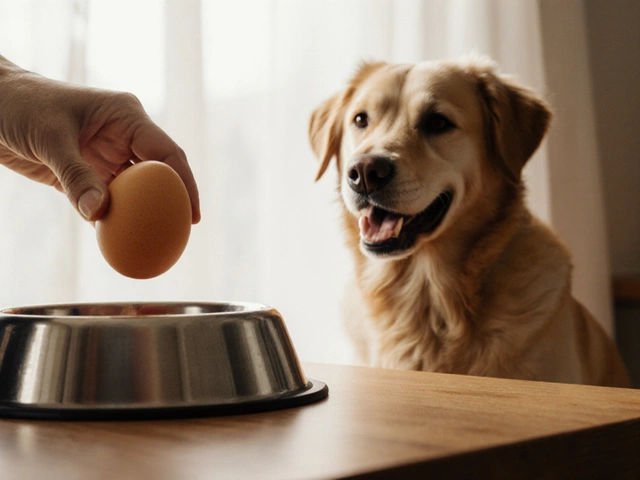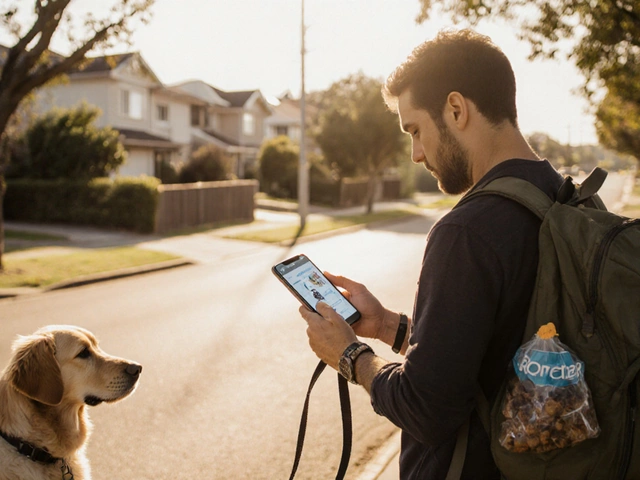Flying with Dogs: What You Need to Know Before Boarding
Got a trip planned and your four‑legged buddy is coming along? You’re not alone—more people are taking their dogs on planes every year. Knowing the basics can turn a stressful ordeal into a breeze. Below you’ll find the most useful steps to get your pup ready, pick the right airline, and keep everything safe.
Choosing the Right Airline and Cabin Options
First stop: the airline. Not every carrier treats dogs the same, so check their pet policy before you buy a ticket. Look for airlines that allow pets in the cabin if your dog is under 15‑20 pounds. Cabin travel means you keep the dog under the seat, reducing stress and eliminating cargo‑related risks.
If your pup is too big for the cabin, you’ll need to use cargo. In that case, pick airlines with a good track record for temperature control and gentle handling. Many carriers offer a “pet‑friendly” badge on their website—use it as a shortcut to the best choices.
When you book, note the pet fee. Some airlines charge a flat rate per flight; others add a percentage to the ticket cost. Make sure the fee is included in the total price so you don’t get surprised at the airport.
Keeping Your Dog Safe in Cargo
If cargo is the only option, treat the crate like a mini‑home. Choose a sturdy, well‑ventilated carrier that meets airline size guidelines. The crate should be large enough for your dog to stand, turn around, and lie down comfortably. Add a soft blanket and a favorite toy to calm nerves.
Before the flight, give your dog a chance to relieve itself. A short walk right before you head to the airport can prevent accidents and ease anxiety. Avoid feeding a big meal a few hours before departure; a light snack is enough to keep blood sugar steady without causing an upset stomach.
Label the crate clearly with your contact info, a “Live Animal” sticker, and any special handling instructions. If your dog has medication, attach a note with dosage and timing. Some owners place a small water bottle with a straw inside the crate—just make sure it won’t leak.
Arrive early. Most airlines open the pet check‑in counter at least two hours before departure. This gives staff time to weigh the crate, verify paperwork, and place the crate in the correct hold. Early arrival also gives you a chance to ask any last‑minute questions.
During the flight, stay calm. Dogs can pick up on your nerves, so speak softly and keep your tone reassuring. If you’re in the cabin, check on your pup when the seat belt sign is off. A quick pat and a kind word go a long way.
After landing, head straight to the cargo claim area. Don’t rush the crate open; give your dog a few minutes to adjust to the new sounds and smells. Offer water, a short walk, and a chance to stretch before you continue your adventure.
With the right preparation, flying with your dog can be a smooth and enjoyable experience. Keep these tips handy, double‑check airline policies, and treat the travel day like any other outing—just with a bigger suitcase. Safe travels, and enjoy the journey together!"
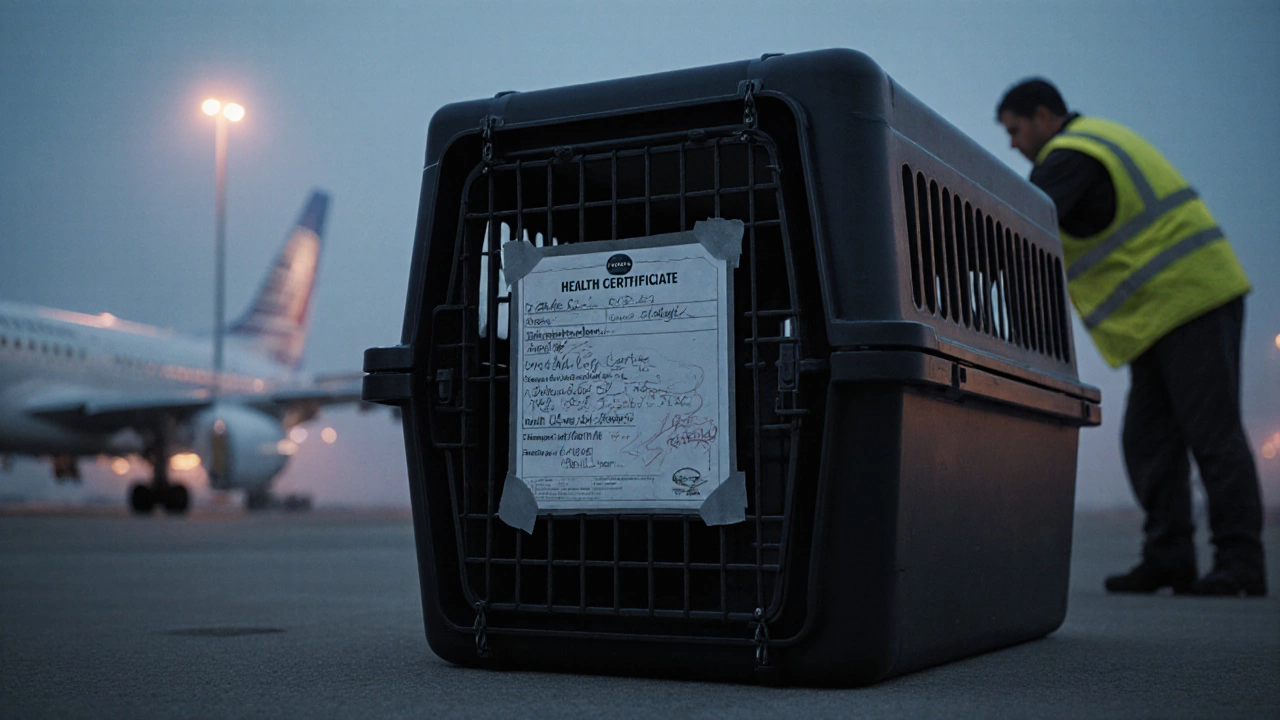
Is the Cargo Hold Safe for Dogs? What You Need to Know Before Flying
Flying your dog in cargo can be risky-especially for brachycephalic breeds or older dogs. Learn what really happens in the cargo hold, which airlines are safest, and how to protect your pet.
read more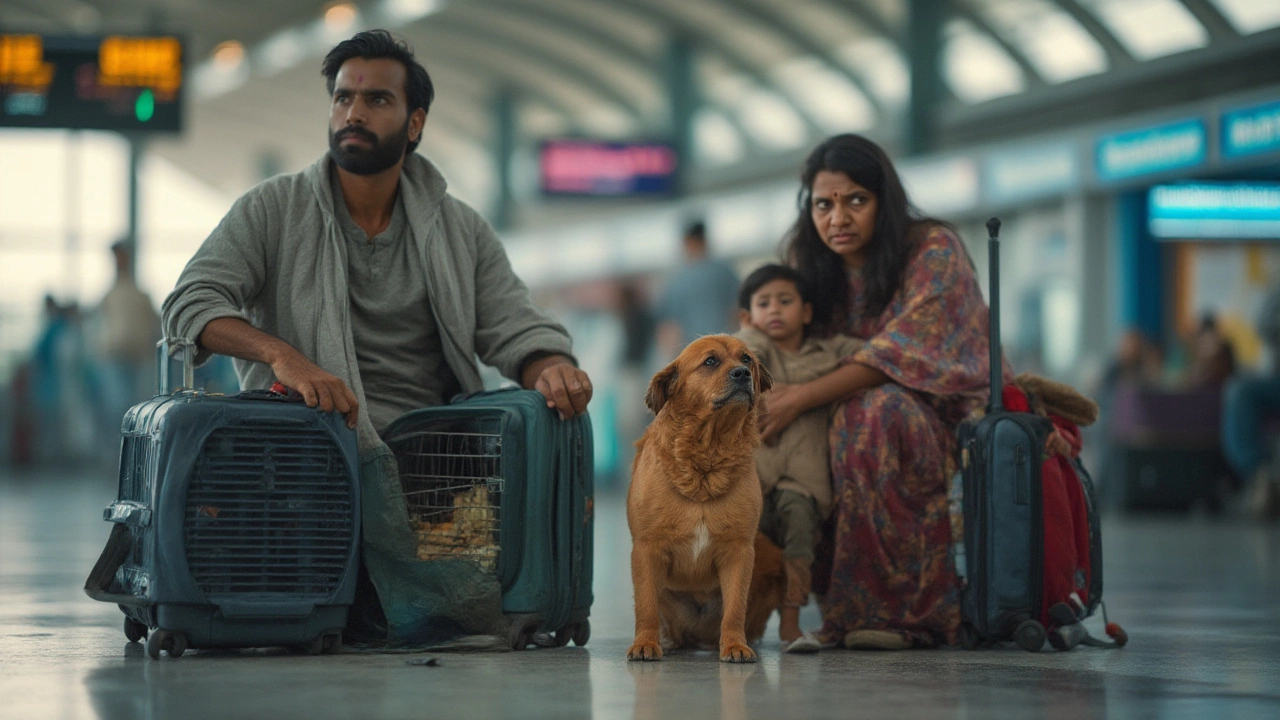
Is Flying in Cargo Traumatic for Dogs? What Every Owner Needs to Know
Worried about dogs flying in cargo? Discover science-backed truths, common risks, coping strategies, and must-know tips so you can make smart choices for your pup.
read more
Flying With Dogs: Can Your Dog Sit on the Airplane Seat? (Rules, Tips & Airline Requirements)
Wondering if your dog can ride on an airplane seat? Unpack airline rules, real tips, stories, and everything dog owners need before booking the next flight.
read more